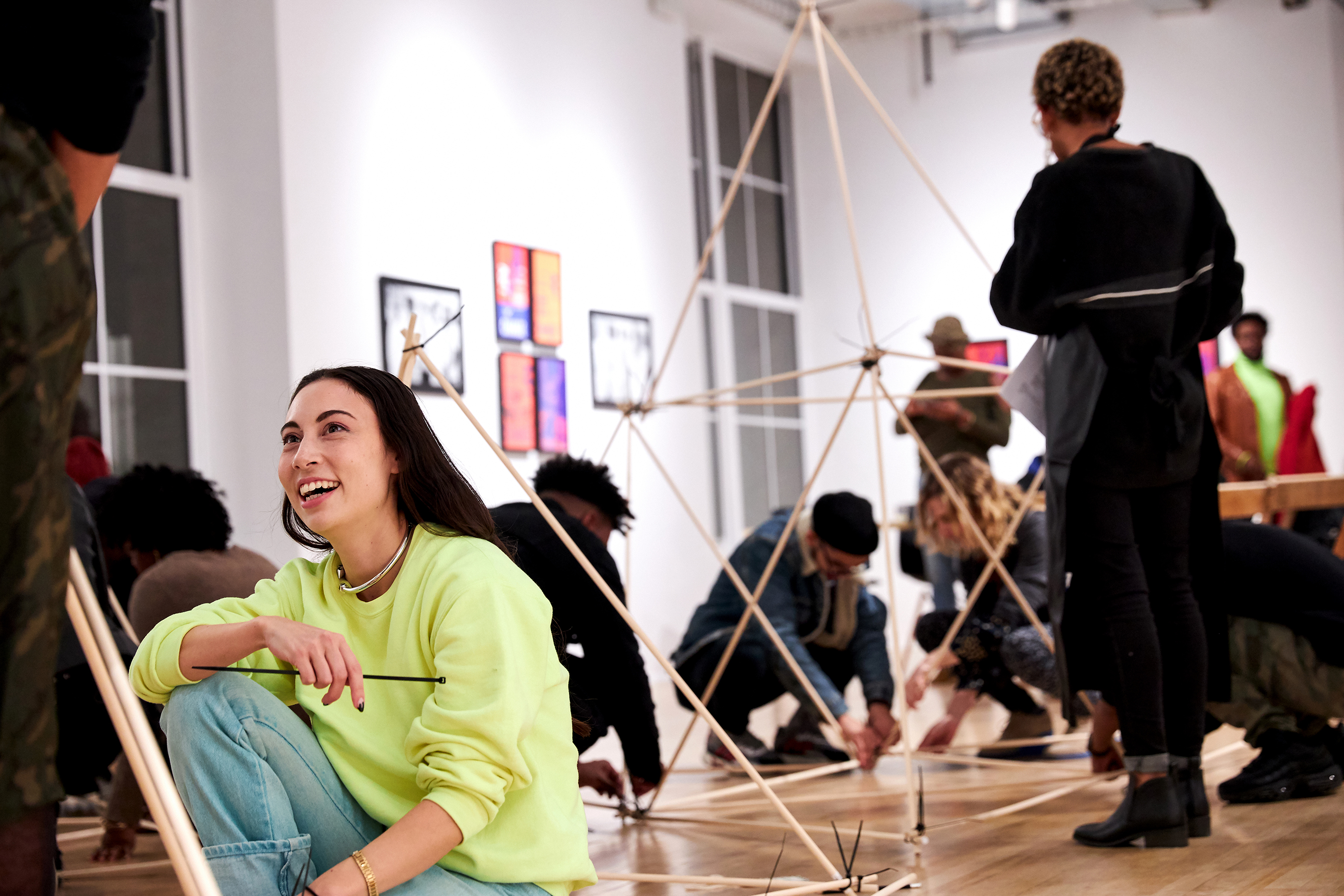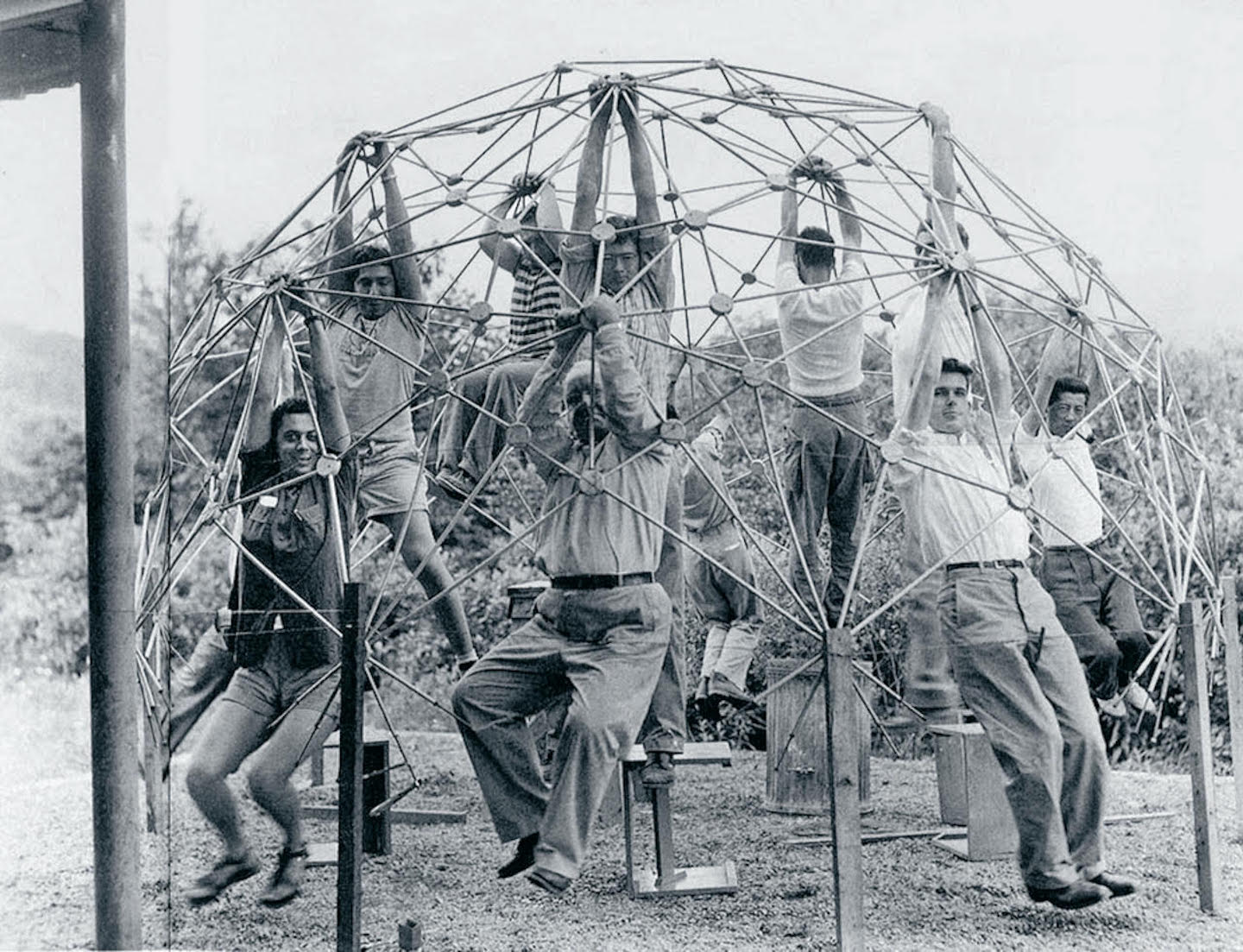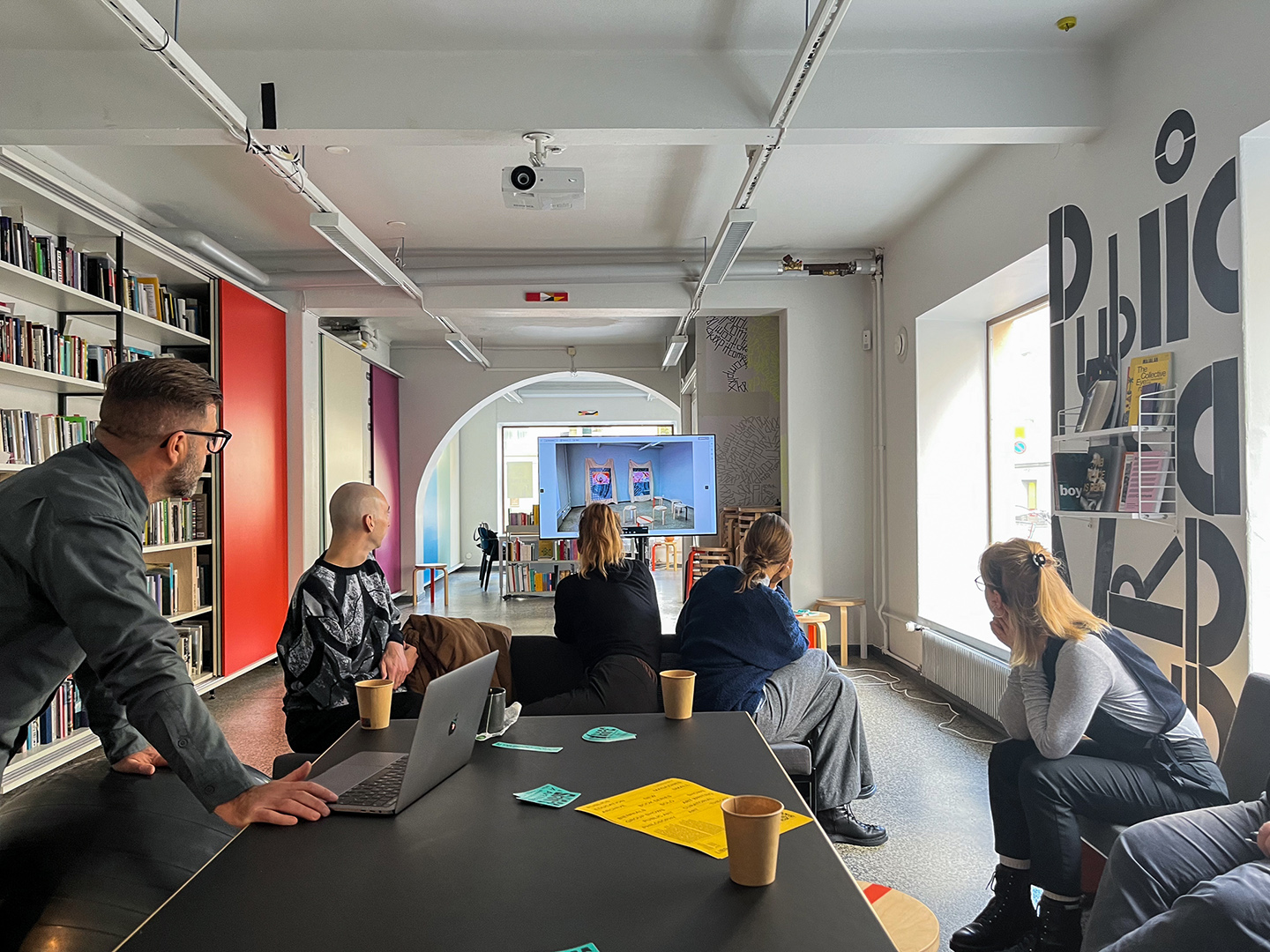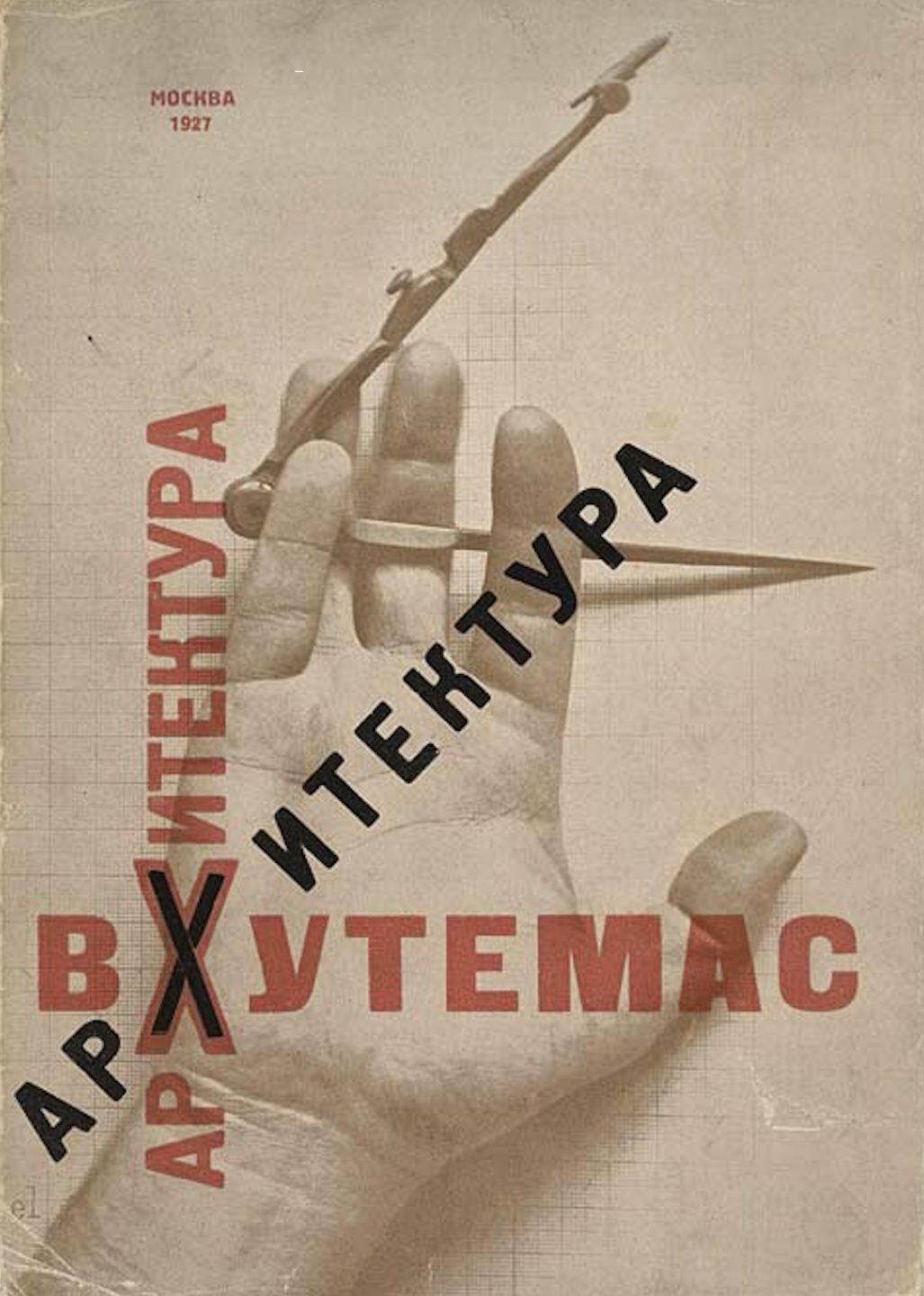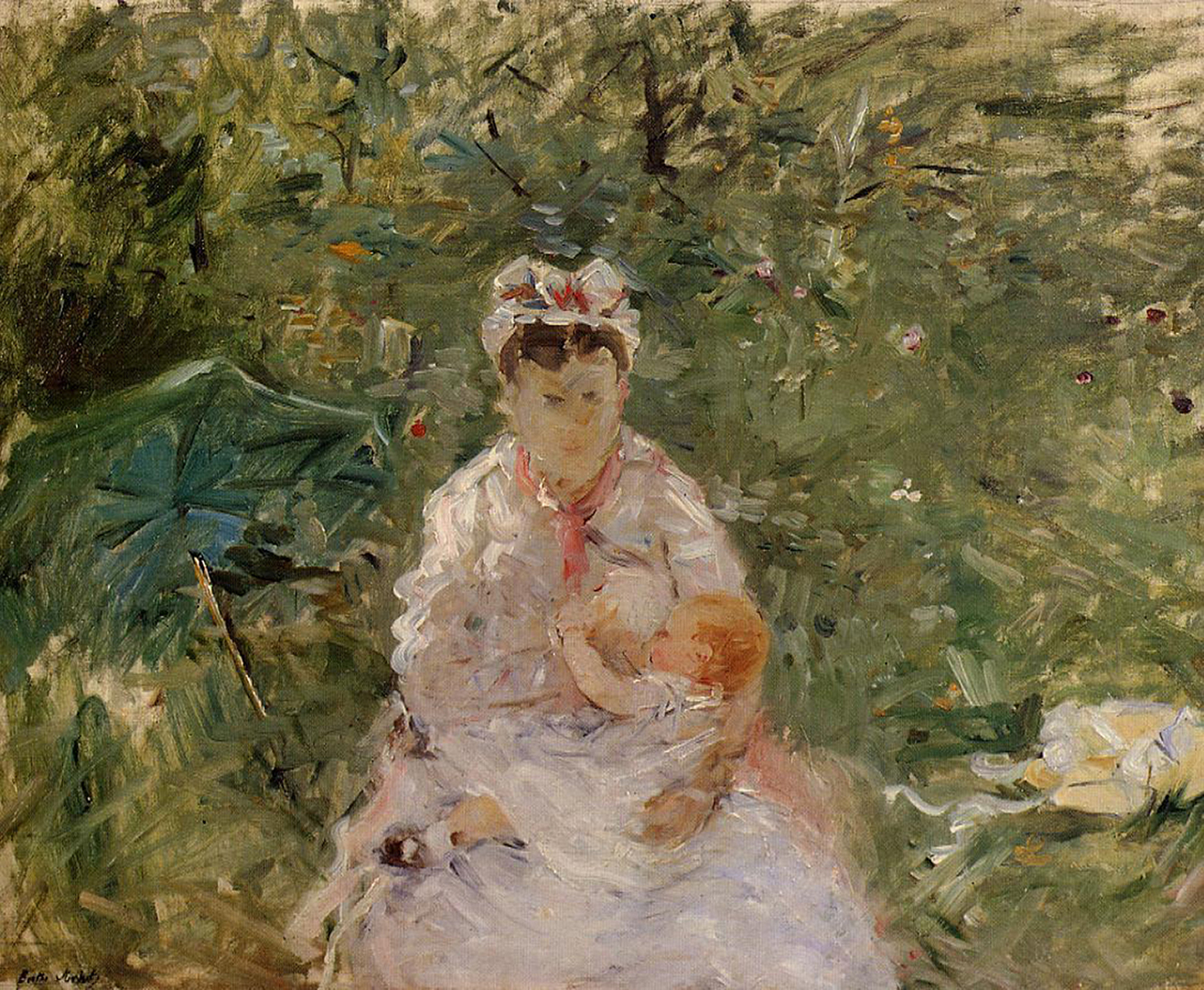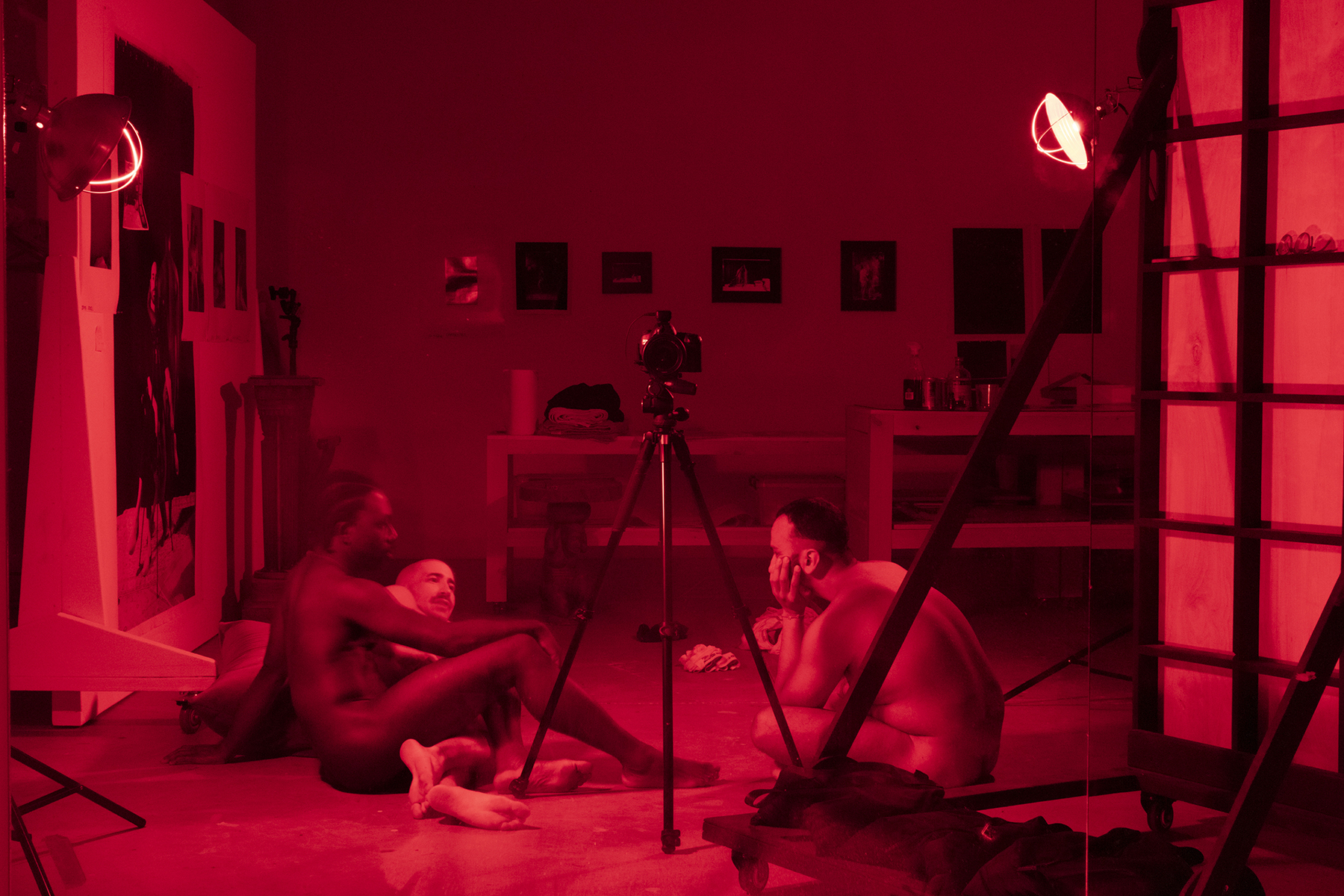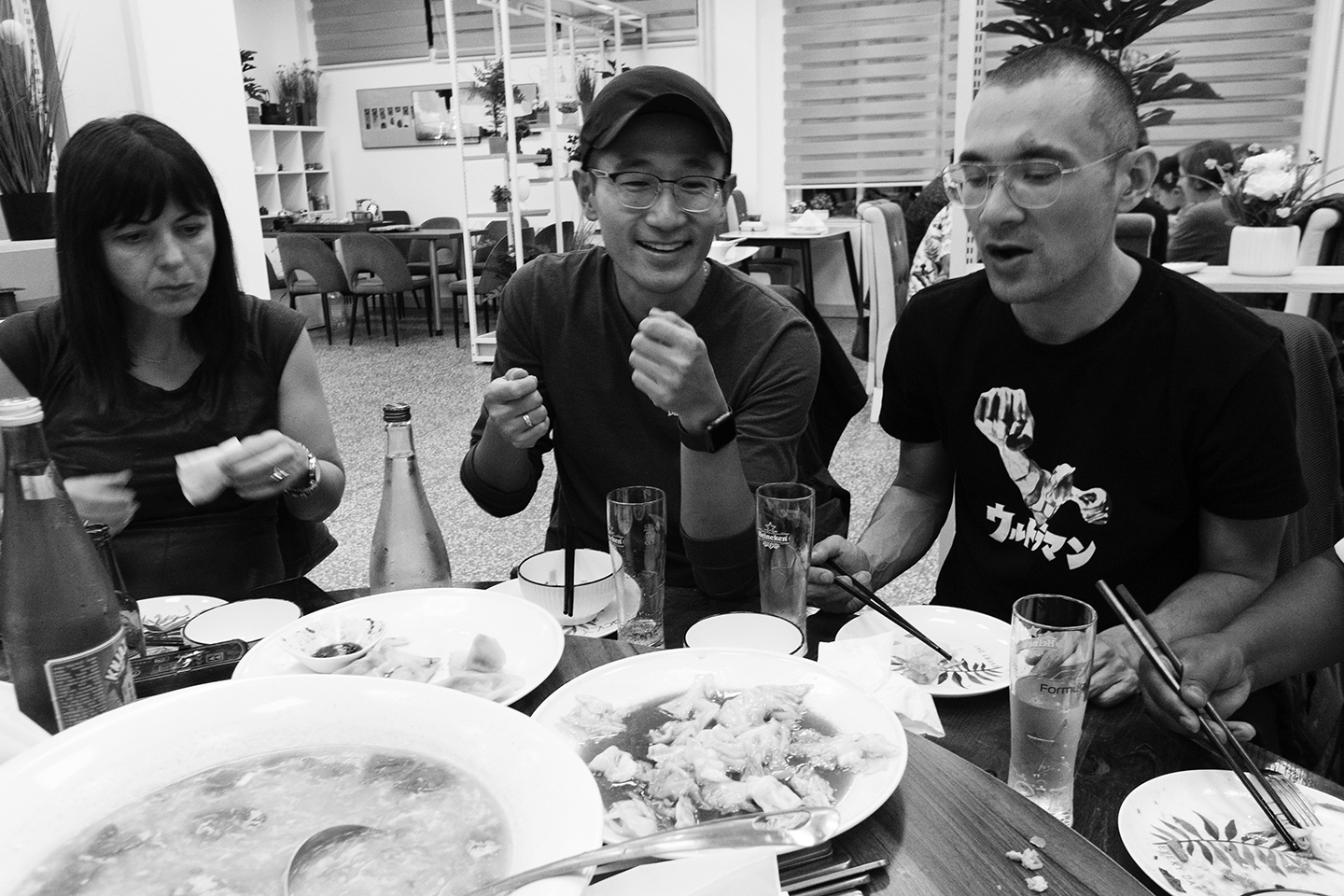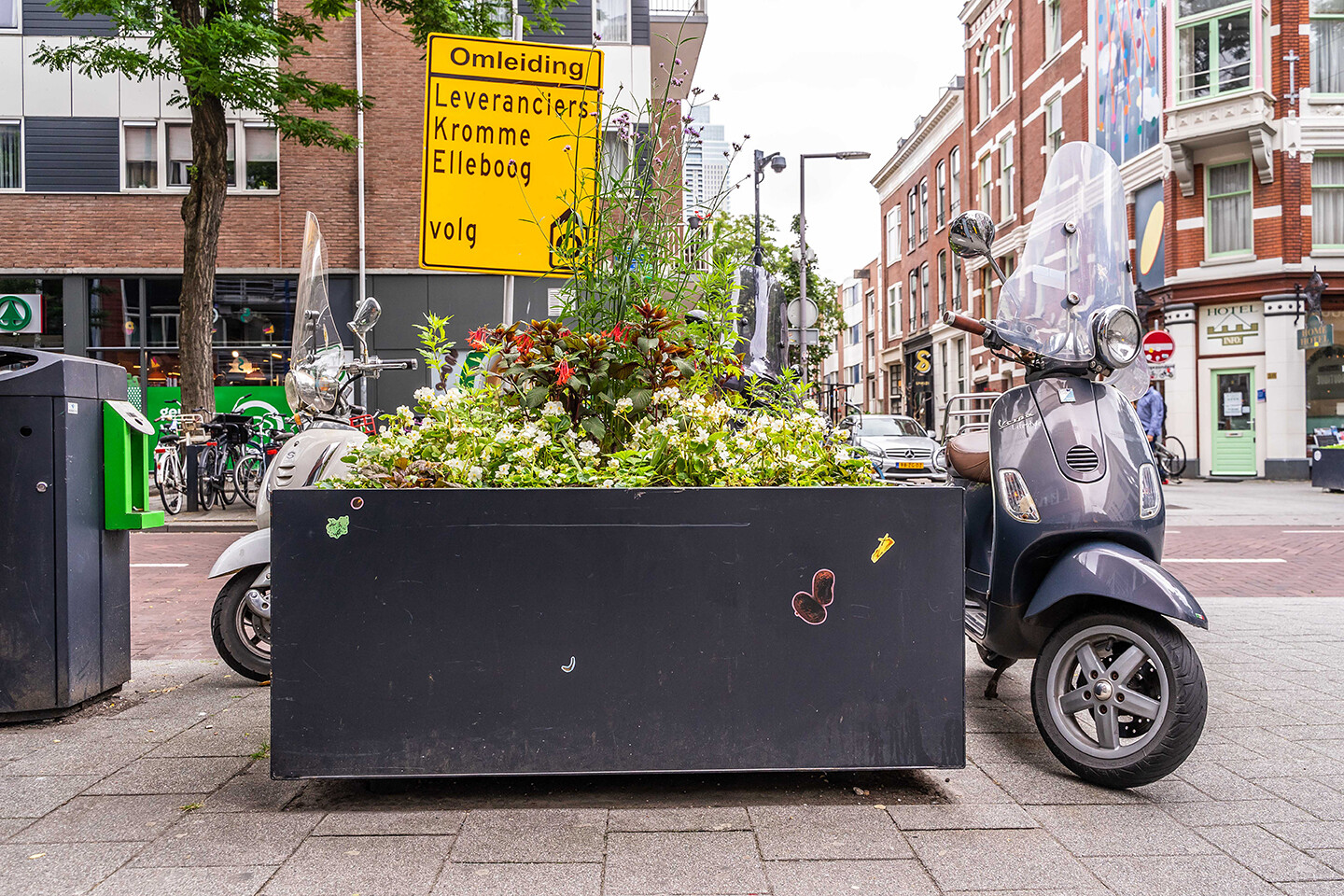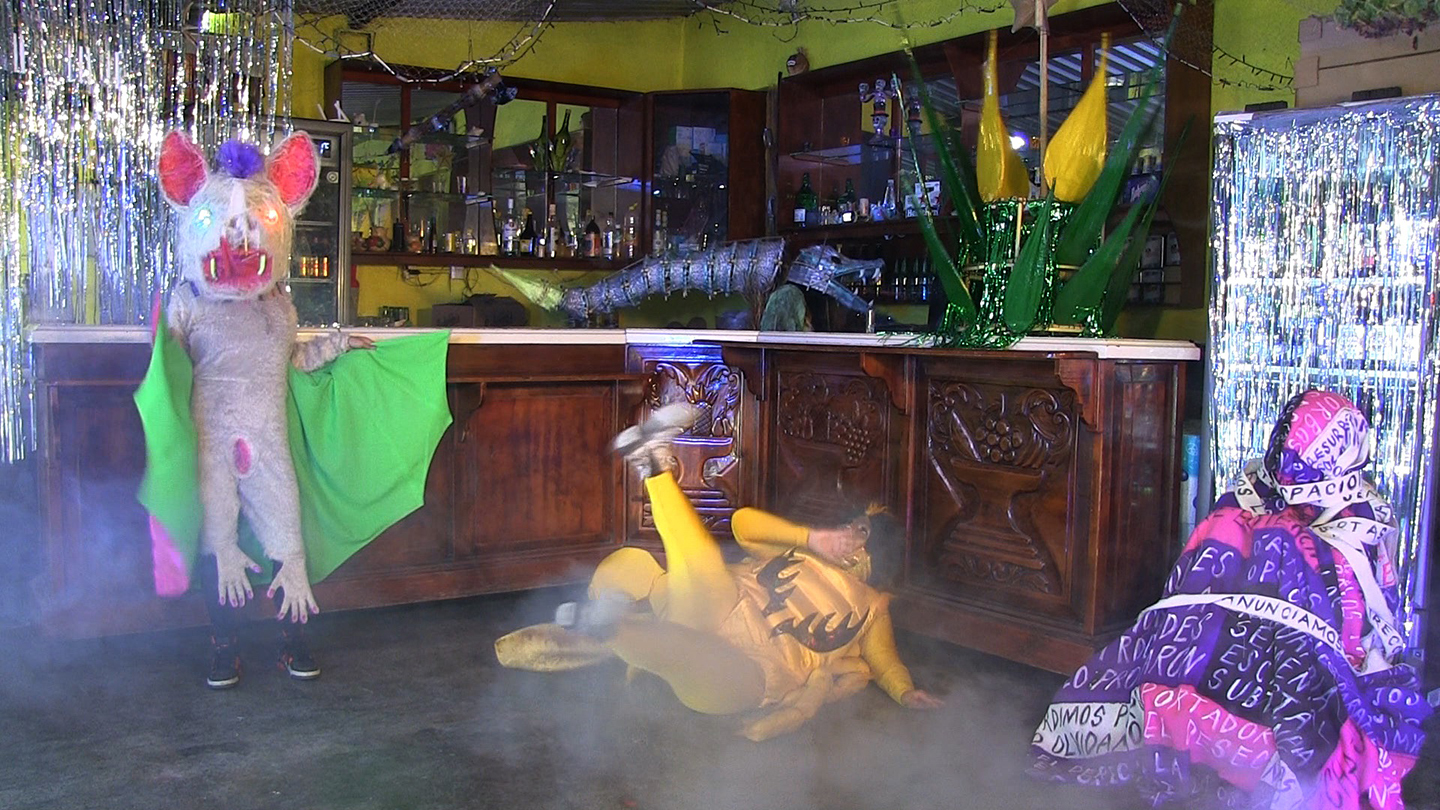Emergent Utopias: Three Experiments in Alternative Art Education: The Black School, 2727 California Street, and School of the Alternative
by Lauren Stroh
Throughout its history, the American education system has served as a proxy for evolving cultural and political mores. In the Age of Reform, Horace Mann led a campaign to institute national public education as immigrants flooded cities, in part to encourage cultural assimilation and literacy among voters. Women lobbied for equal schooling opportunities prior to suffrage. One of the major landmarks of the Civil Rights Movement was the desegregation of Sumner Elementary School in Topeka, Kansas. American art education has followed a similar path: perhaps the most prescient example is Black Mountain College, the celebrated birthplace of the American avant-garde, established in part by refugees fleeing Europe before the advent of World War II.
Today, we find ourselves in perpetual crisis. From rolling climate disasters to the present moment’s pandemic, our schools mimic our culture’s instability and distress. Universities across the country face increased budget cuts, both because of the pandemic and preexisting financial strains. A sluggish and uncertain job market is certainly of no help to enrollment statistics, if schools were once seen as a means to gainful employment. The student debt crisis accelerates as wages stagnate and costs of living increase. And for creatives, art education departments are more immediately imperiled and often the first cut in schools’ financial restructurings.
Among the most well-documented (and protested) examples of this trend was Cooper Union’s divestment from a model of free education into one subsidized by tuition. Around the same time that the #FreeCooperUnion movement emerged, seven members of the University of Southern California’s master of fine arts program dropped out in objection to fiscal restructuring plans and changes to their department’s curriculum. More recently, the Museum of Modern Art’s education department canceled contracts with freelance educators in response to last spring’s pandemic closures without clear plans for their reinstatement.
One moment of great disruption in American social history was the counterculture movement of the 1960s, which began in a period of upheaval much like our own. Alongside the popularization of free love came the creation of free schools, which were similarly positioned against the institutionalization of what were seen as oppressive norms (i.e., civil marriage and education sponsored by the state). Generally small and loosely organized at the grassroots level, these initiatives encouraged more liberal attitudes toward schooling than formal education could realistically accommodate. As a result, their curricula were more closely attuned to individuals’ particular needs: students were encouraged to follow their interests, and teachers served as facilitators instead of disciplinarians. Though they never fully integrated into the mainstream, these programs can be understood retrospectively as emergent utopias—microcosmic communities organized to liberate participants from the outdated values of a society that did not represent their own.
It is perhaps unsurprising then to find the free school movement emerging anew in this moment of great consequence and social disturbance. Though unaffiliated and located in opposite poles of the country, similar organizing strategies inform the pedagogies of No School at 2727 California Street, The Black School, and the School of the Alternative. I am inclined to believe that these schools suggest a collective response, however coincidental, to the failures of institutional education and the state of the art world today. What they offer, which follows, is a measured alternative.
Read the full text on School Watch.
School Watch presents critical perspectives on art education. Featured profiles and conversations survey programs in fine art, curating, critical theory, and other related disciplines, as well as the ideas and conditions that influence their practice.







